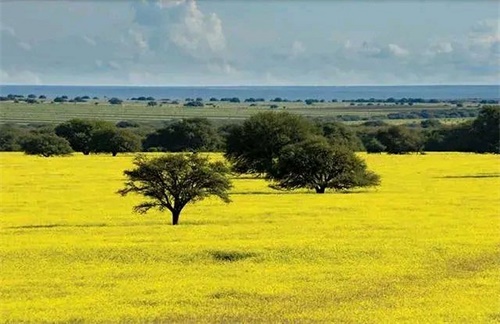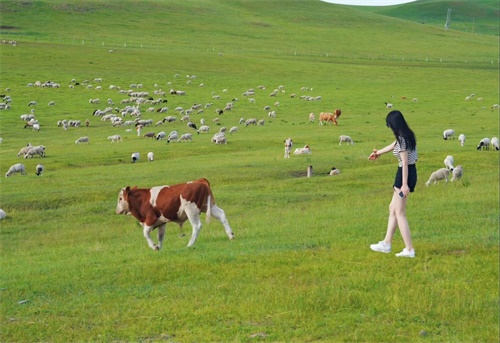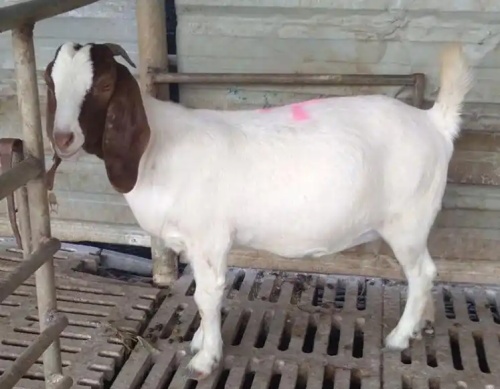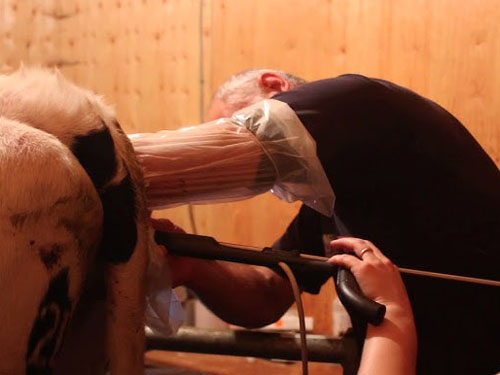Why Livestock Farming is Vital to Economy and Society
In many parts of the world, livestock farming is far more than just a means of producing meat, milk, or wool. It is a cornerstone of rural life, a driving force in national economies, and a critical contributor to social and environmental stability. From the rolling grasslands of Argentina to the high-tech barns of Denmark, livestock farming supports millions of families and shapes countless communities. Understanding its broader impact—economically, socially, and culturally—is crucial in an era of increasing urbanization, climate concerns, and shifting food demands.

In this article, we’ll explore why livestock farming continues to be indispensable—not only to the agricultural sector but also to the global economy and society at large. Drawing on practices, opinions, and policies from around the world, this article examines livestock’s evolving role, its contributions to livelihoods, its integration with technology, and its potential for sustainable growth.
Economic Backbone of Rural Communities
For millions of people, particularly in developing countries, livestock farming is the primary economic activity. According to the Food and Agriculture Organization (FAO), over 1.3 billion people worldwide depend on livestock for their livelihood. Cattle, sheep, pigs, goats, and poultry provide income through meat, milk, eggs, hides, and even labor.
In countries like Ethiopia and India, livestock assets serve as a form of savings—insurance that families can rely on in times of financial crisis. In Latin America, beef exports from Brazil, Argentina, and Uruguay form a substantial part of the national economy. Similarly, the U.S. livestock sector is valued at over $100 billion annually, driven by beef, dairy, and pork production.
In Europe, livestock farming sustains thousands of family farms and is integral to maintaining rural economies. Beyond just money, livestock contributes indirectly to other economic sectors: feed production, veterinary services, farm equipment, and the transportation of animal products.
Social Importance: Food Security and Culture
Livestock farming is also central to food security. Animal-source foods—rich in protein, iron, zinc, and vitamin B12—are essential for balanced human nutrition. In many developing nations, where access to diverse plant-based diets is limited, livestock products help combat malnutrition.
Culturally, animals play a symbolic role in many societies. In Mongolia, nomadic herders regard livestock as a cultural heritage. In parts of Africa, cattle represent wealth, status, and family honor. In Western nations, family traditions of cattle raising or dairy farming are passed through generations.
Additionally, livestock provides non-food services. In Nepal or parts of sub-Saharan Africa, cattle and buffalo are used for plowing fields or transporting goods. Their manure is a key input for organic fertilizers and even for biogas energy in rural areas.

Livestock and Technology: A New Era of Precision Farming
Today’s livestock farming is not confined to tradition. Many operations are undergoing a technological revolution, increasing efficiency and reducing environmental impact. Precision livestock farming—an emerging concept especially popular in Europe and North America—uses tools such as sensors, automatic feeders, and ultrasound technology to improve animal welfare and productivity.
Ultrasound (or “ultrasonography”) is widely used to monitor reproductive health, growth rates, and fat-to-muscle ratios in animals. For instance, in the U.S. and Australia, ultrasound is regularly used on cattle to determine the eye muscle area (EMA) and fat thickness, both critical for meat quality evaluation. By identifying optimal times for fattening and slaughter, ultrasound helps reduce feed waste and improve returns.
One example is the BXL-V50, a rugged, waterproof veterinary ultrasound scanner used on farms to monitor backfat and pregnancy in pigs, cows, sheep, and even dogs. Its portability and long battery life make it ideal for remote farm environments, enabling farmers to make real-time decisions based on accurate biological data.

Environmental Management and Sustainability
Livestock farming, when managed properly, can be part of a sustainable food system. Grazing animals help manage grasslands, reduce fire risks, and maintain biodiversity. Integrated crop-livestock systems—common in Brazil and parts of Southeast Asia—use animal waste to fertilize crops, creating a closed-loop system that reduces chemical input.
However, poor practices can lead to deforestation, overgrazing, and methane emissions. That’s why many countries are investing in sustainable livestock initiatives. In the Netherlands, dairy farmers are adopting low-emission barns and renewable energy solutions. In Kenya, “climate-smart” livestock programs train herders in sustainable grazing and drought-resistant breeds.
Organizations such as the FAO and the International Livestock Research Institute (ILRI) advocate for better grazing practices, improved feed efficiency, and animal genetics to reduce the environmental footprint while maintaining productivity.
Livestock Farming and Global Trade
Livestock products are a major component of international trade. Global meat exports exceeded $100 billion USD in 2023, led by countries like the U.S., Brazil, and Australia. The growing middle class in Asia, especially in China and Southeast Asia, has dramatically increased demand for beef, dairy, and pork.
This surge in demand has created economic opportunities for both smallholders and industrial-scale producers. International trade agreements—like those between the EU and Mercosur or the U.S.-Mexico-Canada Agreement (USMCA)—include livestock-related clauses that significantly impact market access, tariffs, and sanitary standards.
Furthermore, traceability and animal health certification—enabled by RFID tags, digital veterinary records, and ultrasound-based diagnostics—are critical for accessing high-value export markets.
Gender and Livestock: Empowering Women
Globally, women play a vital role in livestock production, especially in developing countries. In many African and South Asian communities, women manage poultry, goats, or dairy cows, giving them a source of income and financial independence.
Livestock is often the first asset a woman can own and control. With rising recognition of gender equity in agriculture, many development programs now focus on giving women access to animal health services, training, and credit for buying livestock.
By strengthening women’s roles in livestock farming, communities benefit from improved child nutrition, school attendance, and household health outcomes.
Challenges Facing the Livestock Sector
Despite its value, livestock farming faces several challenges:
-
Climate Change: Rising temperatures and erratic weather affect pasture growth and animal productivity.
-
Antibiotic Resistance: Overuse of antimicrobials in livestock has raised concerns globally.
-
Animal Welfare: Modern consumers are increasingly concerned about how animals are raised and treated.
-
Youth Migration: In many countries, young people are moving away from agriculture, causing labor shortages.
To address these, livestock systems must adapt by investing in research, adopting new technologies, improving animal husbandry practices, and supporting policy reforms.
A Path Forward: Livestock and the Future
The future of livestock farming will be shaped by sustainability, digital transformation, and changing dietary patterns. Innovations like lab-grown meat and plant-based alternatives may reduce reliance on traditional animal products, but livestock will continue to play a key role in many regions for decades to come.
Governments, NGOs, and private enterprises must work together to promote livestock systems that are economically viable, socially responsible, and environmentally sound. This includes supporting smallholders, regulating trade, ensuring food safety, and investing in training and infrastructure.
As consumer awareness grows, transparency in animal production and certification schemes—such as organic, grass-fed, or free-range labeling—will become even more important.
Conclusion
Livestock farming is not just a way of producing food—it is a vital engine of the global economy, a stabilizer of rural societies, and a platform for innovation and cultural heritage. From providing nutritious food to creating jobs, managing ecosystems, and enabling trade, livestock has a foundational role in human development.
While challenges remain, the future of livestock farming lies in smarter, more sustainable approaches that integrate tradition with technology. Whether you’re a policymaker, a farmer, a consumer, or a researcher, recognizing the multifaceted value of livestock farming is essential to building a more food-secure, equitable, and prosperous world.
Reference Sources:
-
FAO. (2024). “The State of Food and Agriculture.” https://www.fao.org
-
ILRI. (2023). “Sustainable Livestock for the Future.” https://www.ilri.org
-
USDA Economic Research Service. (2023). “Livestock and Meat Domestic Data.” https://www.ers.usda.gov
-
Whitaker, D. A., & Smith, E. (2021). Veterinary Ultrasonography in Food-Producing Animals. Journal of Veterinary Imaging.
-
Beef Cattle Institute. (2023). “Use of Ultrasound for Growth Evaluation in Cattle.” https://www.beefcattleinstitute.org/ultrasound-growth





